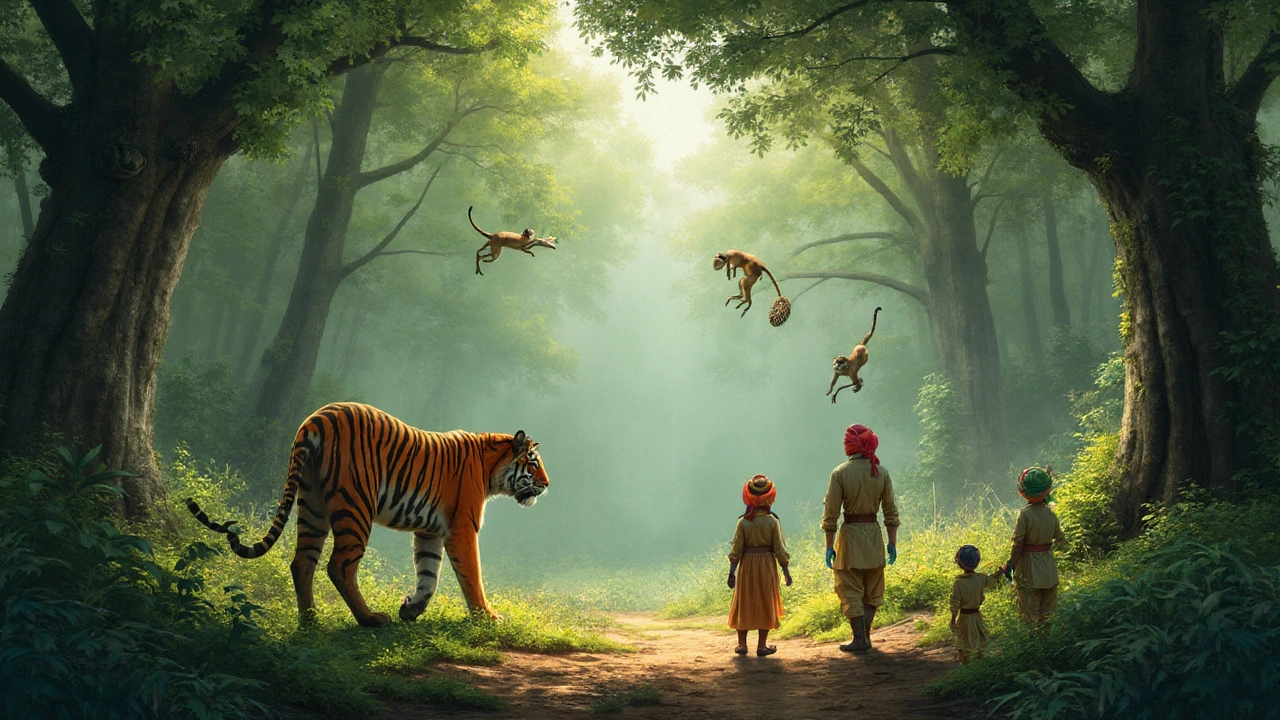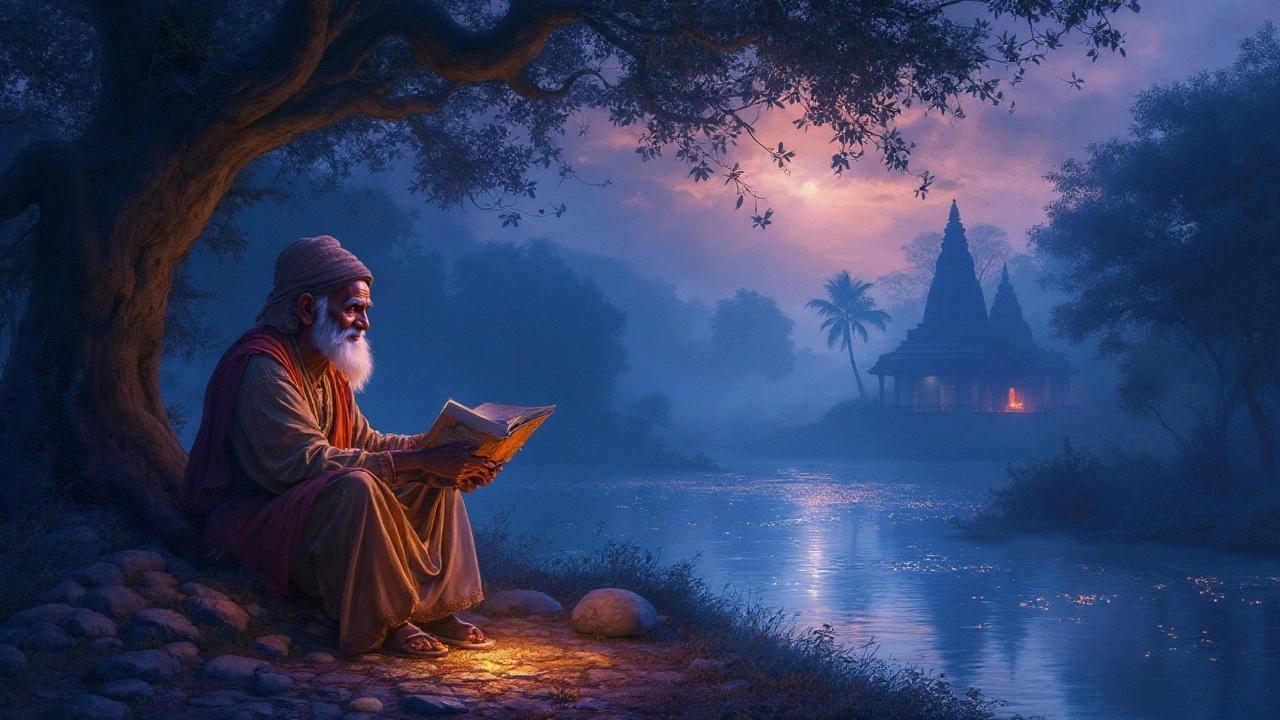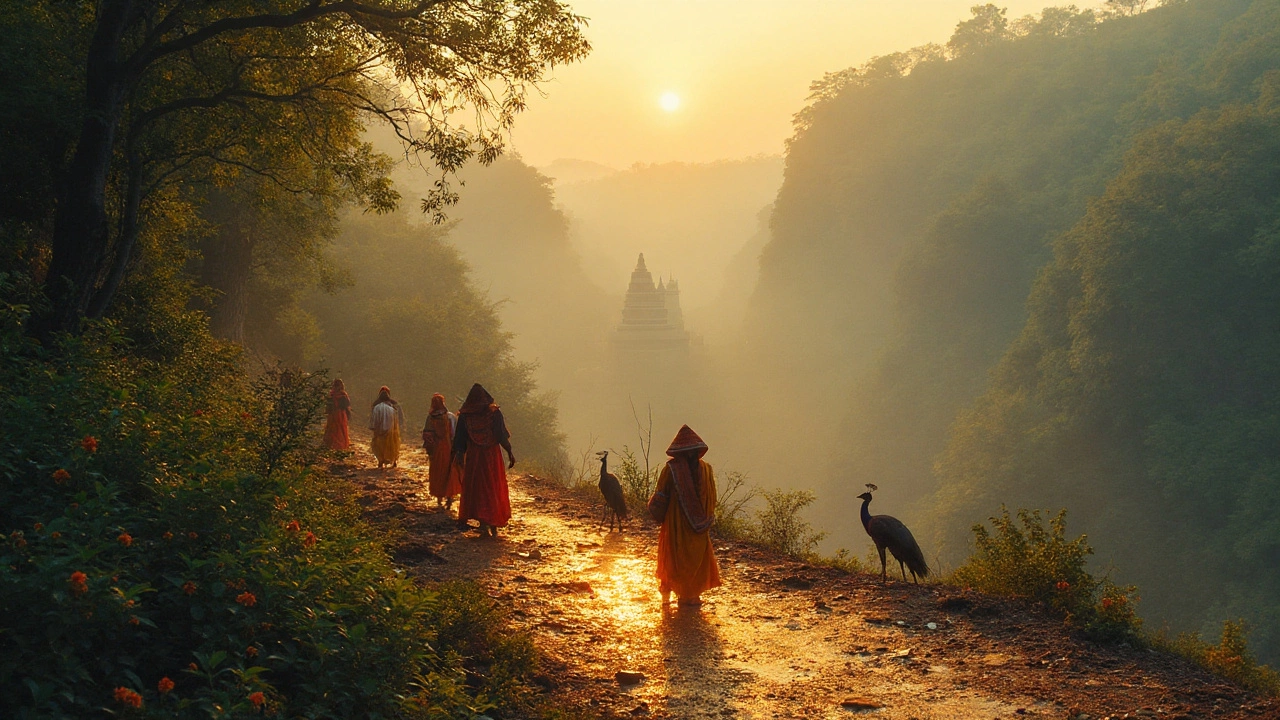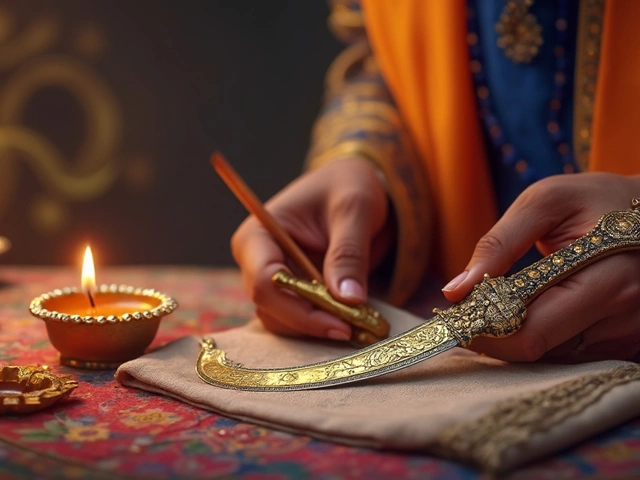Hidden in the heart of Madhya Pradesh, the name Panna triggers hushed whispers about fortune, clandestine treasure, and jungles echoing with animal calls. If you ask anyone who’s been there, they’ll tell you it’s nothing short of a living mosaic—glimpses of sparkling stones, ancient temples, wild cats, and stories that refuse to fade. Panna has this knack for wrapping you into its fables, whether you’re a history buff or just out on a limb for adventure.
Panna’s Dazzling Diamond Mines: India’s Only Ones Still Glittering
Ask folks around about Panna, and chances are, diamonds are the first thing off their lips. Seriously, these mines aren’t just holes in the ground—they’re hotbeds of dreams and drama. Panna boasts the only active diamond mines in India, and you bet there’s a whole history wrapped up in every shiny stone. If you grew up in India, maybe you heard about Panna’s ‘rassi se kheenchte hain heere’—they used to haul diamonds up with nothing but a rope. Talk about old-school grit!
Back in the 16th century, these mines drew in Mughal emperors, British explorers, and anyone with a thing for sparkle. The infamous Koh-i-Noor diamond, probably the most gossiped-about stone in history, is believed to have made one of its stops here. Even today, the workings are part government-run, part local luck—individuals dig their own small patches, hoping to hit the jackpot. Government auctions set hearts racing more than any poker game you’ll see. There’s a real wild west feel in the air, only with diamonds replacing gold.
The geology gets interesting too. Panna’s diamonds pop up in volcanic pipes called ‘kimberlite pipes’—nature’s way of tucking away treasure. They’re not all massive stones, but with the right luck, miners do stumble on gems that get whisked straight to auction floors and sometimes even global jewelry designers. The mines are a tricky world though: one patch may yield nothing but dust for weeks, then suddenly offer up a cluster of stones worth hundreds of thousands of rupees. That electric unpredictability keeps everyone—miners, buyers, and even curious tourists—coming back for another look.
For folks wanting a closer look, the National Mineral Development Corporation runs tours (check in advance: they get snapped up quickly), where you can walk along fenced mining stretches and, if the stars align, watch a raw diamond come up straight from the earth. If you fancy a tale to remember, chat with a local miner. With eyes shining, they’ll tell you about sleepless nights, near misses, and legends that never made it out of the dust. No two stories are ever the same.
Biodiversity Unleashed: Panna National Park and Its Wild Neighbors
Let’s switch gears from diamonds to jungles—because Panna doesn’t just glitter underground, the land above roars, squeaks, and chirps with life. Panna National Park sits sprawled along the Ken River, covering over 540 square kilometers that blend rocky hills, tangled forests, and river valleys. It’s one of those places where nature feels untamed, the way you always hope a national park should.
One big draw here: tigers. They’d almost vanished by 2009, but thanks to some backbreaking conservation work, the park now boasts more than 50 tigers prowling its woods. Not just tigers, though—you’ve got leopards, Indian wolves, sloth bears, and jackals all carving out their turf. Early mornings you might spot bar-headed geese along misty riverbanks, or maybe see a mugger crocodile slinking into the Ken’s waters. It feels wild, and it is.
For nervous first timers, you don’t have to be a hardcore trekker. The forest department offers guided safaris on jeeps and boats. There’s a moment, when the forest gets weirdly silent, that makes your skin tingle. Sometimes it’s a tiger nearby, sometimes just a deer blending in the grass. You never know. I remember Maya—who isn’t the outdoors type—suddenly frozen by a herd of chital leaping across the track, deer hooves tapping like a quick drumbeat. That kind of thrill sticks with you.
Another thing to check out: the park’s Ken Gharial Sanctuary. Gharials are one of the world’s rarest crocodiles—famous for their skinny snouts and ancient, almost prehistoric look. This is one of the few places you’ll spot them basking on sandbanks, sometimes sharing space with turtles and otters.
Birders, don’t rush past—Panna is an unsung paradise with over 200 bird species. You’ll hear Indian vultures, see flocks of kingfishers, and if luck is on your side, maybe a paradise flycatcher in full ribboned glory. Best tip? Carry binoculars and don’t get stuck behind your phone’s camera—the real magic is in simply watching, slow and steady.

Panna’s Temple Trails: Spiritual Legends Woven in Stone
This place isn’t just about what glitters and growls. Dig into Panna’s streets and you’ll trip over centuries of stories. Temples dot every corner here, many of them so ancient their origins disappear into legend. Each one has a vibe—some serene, some buzzing with festivals, others stoic beneath layers of weather and time.
The Padmavatipuri Dham is one you shouldn’t skip. This complex is a big deal for followers of Padmavati Devi, but honestly, everyone’s welcome. It gets especially lively during the annual Padmavati fair; stalls bloom with sweets and hand-painted toys, and local families flow in for blessings. The temple’s architecture is sturdy, practical, and full of small, crafted details you’ll miss if you’re rushing.
Then there’s the Jain Temples of Panna. Jain pilgrims flock here to shrines like Shri Shantinath Ji and Suparshvanath Ji, set among clusters of ancient domes and stone flags. It’s calm, clean, and surprisingly cool even on a hot April afternoon. Local legends say that generations of jewelers and stone carvers have left their mark on these temples, with delicate sculptures tucked into even the quietest prayer niches.
If you’re all about architecture, peek at the Mahamati Prannathji Temple. With its rows of domes and vibrant murals, it pulls in devotees from all over the country. The evening aarti is worth sticking around for, where lamplight flickers and the temple’s lilted chants seem to hang in the air long after you leave. You’ll feel the centuries folding in on themselves here—you’re walking the same courtyards as royalty and commoners and pilgrims long gone.
Visiting tip: Slip off your shoes at every temple gate—there’s a different coolness to the marble and stone. Even if you’re not religious, let the textures and the rhythms of these places slow you down. That pause is the real magic—you walk in with a racing head, leave with something calmer.
Emeralds, Crafts, and the Human Side of Panna
If diamonds get all the press, emeralds are Panna’s quieter showstoppers. The town’s traditional ‘panna’ stones (the name literally means emerald) have been prized for centuries, and you’ll still find local traders selling vibrant green gems alongside fancier outlets. While large-scale emerald mining here is less of a thing now, artisans keep the heritage alive. They craft tiny, glittering stones into simple rings, old-school necklaces, and jewelry that’s as everyday as it is precious.
Panna’s artisans also hang onto other crafts. You’ll see bright ‘chanderi’ weaving sold from small shops, sometimes right next to a stone-cutter’s dusty table. Women here are the backbone of these cottage industries, and if you’re lucky, someone will offer you a cup of sweet lemon tea while showing off hand-stitched dupattas or filigree earrings. Buying jewelry here isn’t like grabbing a souvenir at a mall—every piece feels woven out of local pride, resourcefulness, and a hundred chatty conversations.
It’s worth noting that most diamond mines here fuel small local economies. Mining is hard, gritty work—sunup to sundown, chiseling out handfuls of kimberlite. Not every dig pays off, but when it does, it sends ripples through families and whole neighborhoods. Miners’ kids go to better schools, stalls in the evening market get busier, and sometimes a festival or wedding glows brighter thanks to a windfall find. This dance between luck and labor is the heartbeat of Panna.
If you’re looking to take home a piece of Panna, avoid the flashy stalls and try chatting with a local. Listen to their advice on buying gems—many have spent decades reading the glint and color of stones. Tip: inspect your buy under natural light, and always get a certificate if you’re springing for high-end stones. For smaller pieces and crafts, sometimes the best assurance is the pride in a seller’s eyes as they show you what they made, by hand, that week.

Legends, Folklore, and What Makes Panna Tick
Panna’s not just a place, it’s a patchwork of stories, both whispered and shouted over dusty roads. Ask locals about the origins of the region’s name—the most popular yarn links back to the green ‘panna’ stones that were once found everywhere, even by children kicking up dirt. But other tales swirl too: Maharajas who disguised themselves to mix with miners, wounded tigers turned local legends, saints who paused for a night and left miracles in their wake.
There’s an old belief in Panna that the land itself chooses who finds fortune. That explains why even after a string of failures, people stay hopeful. Panna sees itself as a place where fortunes flip overnight—yesterday’s laborer could be tomorrow’s rich man, and vice versa. This optimism colors everything, from festivals (like Sharad Purnima, which glows with nightlong music and feasting) to tiny everyday acts of generosity you’ll spot on the street.
Festivals are woven into the town’s routine, and they’re wildly welcoming. I once ended up in a Holi party drenched in pink and green, eating sweets I still dream about. If you get invited to someone’s home, say yes—hospitality here isn’t just tradition, it’s a way of life. During Dussehra, the town feels electric, with mythic dramas playing out on every corner and kids parading in hand-me-down costumes. There’s a homespun magic to it all.
Panna’s also a town living with the tension between tradition and change. Conservation battles play out as forest land and mining rights clash. Artisans push to keep old skills alive while younger folks slip away to bigger cities. Through all this, there’s a pride that sticks: for all its changes, Panna hangs onto the sense that worth isn’t just in diamonds or green stones, but also in stories, relationships, and the shared labor that keeps the place humming.
People visit Panna for many reasons: the rush of finding a diamond, a jungle safari, or the hope of catching an ancient festival just at its peak. But after a while, what makes the biggest impression isn’t any single thing—it’s the blend of grit, grace, and myth. Panna isn’t just famous for what it produces, but for how it folds together the past and the present, making every visit feel like you’re stepping inside a story.



